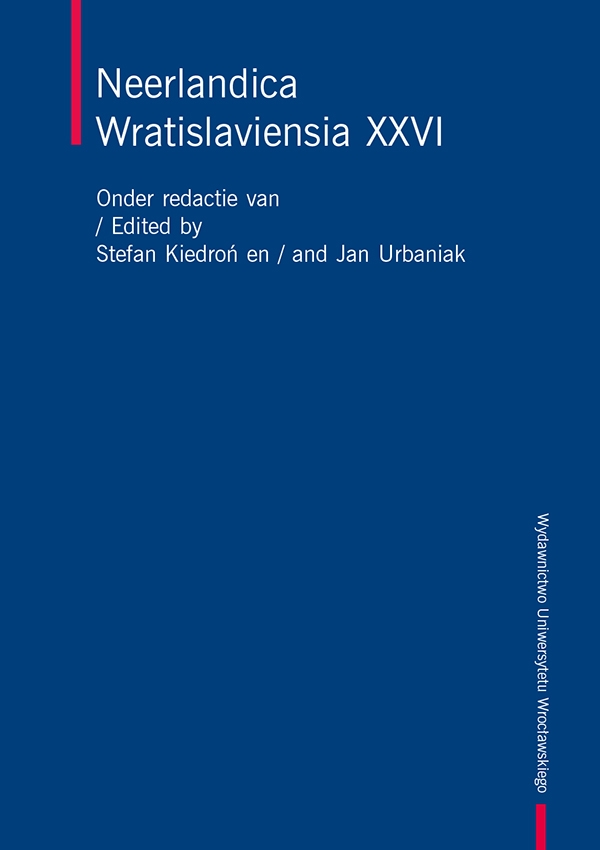

Letterkunde

Toys of the Butcher: Slaughter Animals and Children’s Play in Early Mod-ern Dutch Literature
This article discusses cultural representations of slaughter animals from the early modern period, setting them against the post-modern approach to animals. The point of departure constitutes a contemporary story about a girl eating the heart of a deer, which she has shot. Then the author moves on to a discussion of the poem ‘Kinder-spel’ 1618/1625 by the seventeenth-century Dutch poet Jacob Cats and focuses on the socio-cultural notions of humans and animals which these two texts present. When discussing the poem, the author elaborates on the symbolic meaning of two situations where children play with animal body parts — a game of knucklebones and playing with an inflated bladder. The interpretation of Cats’ text shows that the stereotypical social perceptions of slaughter animals which can be found in the early modern Dutch literature are in fact meant to offer a certain view on humans, by which their domination over the natural world and exploitation of animals is justified. The methodologies applied in this study involve the so-called ‘activist ecocriticism’ and the New Historicism, both being the reading methods, which emphasize the topicality of historical research. By placing Cats’ texts in a broad context, it is shown that the motif of children playing with animal body parts refers to early modern polemics about such issues as the relationship between the human and animal, the tension between culture and nature, as well as children and upbringing models.